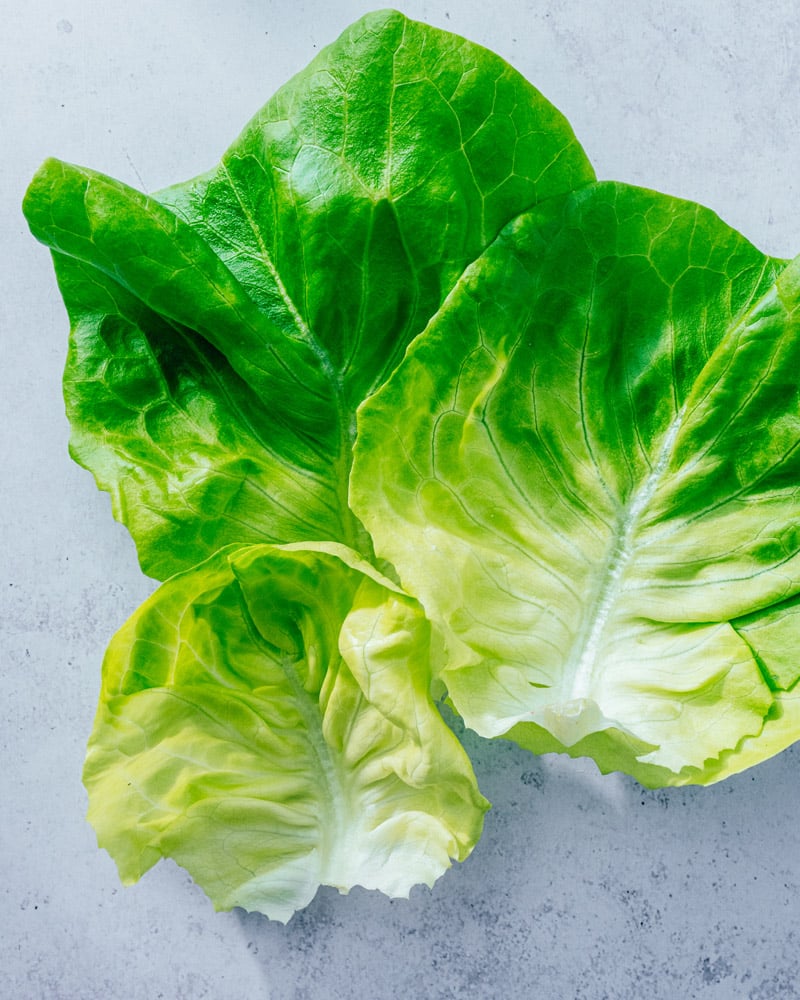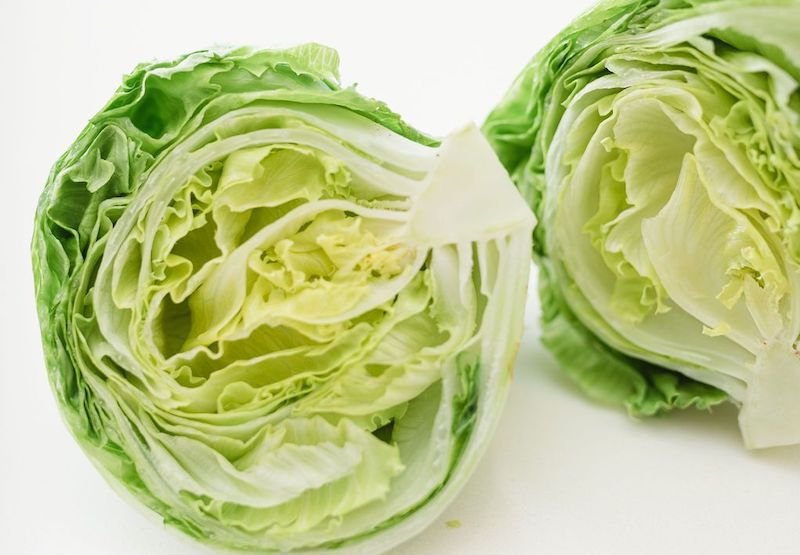Can You Freeze Lettuce? A Complete Guide
– Frozen lettuce can be used in various dishes such as soup, stock, quiche, casseroles, stir fries, and as a substitute for spinach in recipes.
– Whole frozen lettuce leaves can be used as wraps after being thawed in the refrigerator overnight.
– Braising frozen lettuce leaves in chicken broth and butter or using oyster sauce is recommended for an Asian-inspired dish.
– Peas can be cooked with frozen lettuce by layering them in a pan and adding butter and/or mint for extra flavor.
– It is recommended to use frozen lettuce within six months for the best quality.
– Lettuce tends to go bad quickly and can become soggy and wilted.
– Washing lettuce is important to remove bacteria, bugs, dirt, and pesticides.
– It is recommended to wash lettuce as soon as you get home from the store.
– Remove damaged, wilted, damp, or slimy leaves before washing.
– Lightly rinse lettuce under water and pat dry with a paper towel or use a salad spinner.
– There is no definitive answer on whether pre-washed lettuce should be washed again, but it is recommended to do so.
– Lettuce needs moisture and airflow to stay crisp.
– Wrap a full head of lettuce in a damp paper towel and put it in a plastic bag for storage in the refrigerator.
– For individual lettuce leaves, spin them dry after washing and store in a lettuce keeper or a container in the fridge.
– Adding a few paper towels to absorb excess moisture and replacing them every few days is recommended.
– Soaking cut lettuce in ice water for a few minutes can help crisp it up.
– Lettuce should be kept away from ethylene fruits (pears, avocados, apples, and tomatoes) as they release gas that can cause other produce to ripen faster.
– Loose leaf lettuce can last 7 to 10 days when properly stored, while head lettuce can last 1 to 3 weeks in the fridge.
– Romaine or butterhead lettuce is recommended for freezing.
– Freezing lettuce can cause a loss of crispness and flavor, so it is best used for smoothies, soups, and stews rather than fresh salads.
– Lettuce can be frozen by either freezing full leaves or pureeing and freezing in ice cube trays.

